In recent years, the art of fermenting foods at home has experienced a remarkable resurgence. What was once a necessity for preserving harvests has transformed into a beloved culinary tradition embraced by health-conscious individuals and food enthusiasts alike. The process of fermentation not only extends the shelf life of ingredients but also enhances their nutritional value and creates complex, tangy flavors that simply can't be replicated through other cooking methods.
The journey into home fermentation often begins with simple projects like sauerkraut or yogurt before expanding to more adventurous creations. Many home fermenters discover that working with live cultures becomes somewhat addictive - each successful batch builds confidence to try more challenging recipes. The satisfaction of transforming ordinary cabbage into crisp, probiotic-rich sauerkraut or turning fresh milk into creamy yogurt proves immensely rewarding for kitchen experimenters.
Understanding the science behind fermentation helps demystify the process for beginners. At its core, fermentation involves beneficial microorganisms - bacteria, yeasts, or molds - breaking down food components. Lactic acid bacteria convert sugars into lactic acid in vegetable ferments, creating that characteristic sour taste while preserving the food. For dairy products like kefir or yogurt, specific bacterial cultures work their magic. Alcohol fermentation relies on yeasts transforming sugars into ethanol and carbon dioxide. This biological process not only preserves foods but often makes them more digestible and nutrient-rich.
Creating the right environment proves crucial for successful fermentation. Most vegetable ferments require anaerobic conditions - meaning oxygen must be excluded - which is why weighting down vegetables beneath brine works so effectively. Temperature plays another critical role; most fermentation occurs ideally between 60-75°F (15-24°C). Too cold, and the process stalls; too warm, and undesirable organisms might take over. Many experienced fermenters dedicate a consistent space in their homes - a basement corner, a closet, or even a specialized fermentation station in their kitchen.
Safety considerations rightfully concern many newcomers to fermentation. The acidic environments created during proper fermentation actually make these foods remarkably safe - pathogenic bacteria generally can't survive in low-pH conditions. However, understanding the difference between normal fermentation signs (bubbling, cloudy brine, sour aroma) and spoilage indicators (mold growth, putrid smells) remains essential. When in doubt, the golden rule applies: if something looks or smells wrong, it's better to discard the batch than risk consuming spoiled food.
The equipment needed for home fermentation ranges from simple kitchen basics to specialized tools. For vegetable ferments, wide-mouth glass jars, fermentation weights, and airlock lids help maintain proper conditions. Cheesecloth and rubber bands work perfectly for covering kombucha or vinegar mothers. More advanced fermenters might invest in pH strips to test acidity or even small fermentation crocks. The beauty lies in fermentation's flexibility - our ancestors created these foods for centuries without modern gadgets, proving that observation and patience matter more than expensive equipment.
Seasonality influences many fermentation projects, just as it does with other forms of cooking and preserving. Summer's abundance of fresh vegetables presents perfect opportunities for creating kimchi, pickles, or fermented hot sauces. Fall's apple harvest lends itself to homemade cider vinegar. Even winter offers fermentation possibilities, from cultured dairy products to miso paste that benefits from longer aging in cooler temperatures. This seasonal rhythm connects modern home fermenters with traditional foodways that honored nature's cycles.
The health benefits associated with fermented foods contribute significantly to their popularity. Regular consumption of these probiotic-rich foods supports gut health, which modern science increasingly links to overall wellbeing. Many people report improved digestion, stronger immune function, and even mental health benefits from incorporating fermented foods into their diets. Unlike commercial probiotic supplements, homemade ferments contain diverse, living cultures that evolved naturally during the fermentation process. The vibrant microbial ecosystems in these foods mirror the complexity of our own gut microbiomes.
Flavor development during fermentation follows its own fascinating timeline. Early in the process, flavors remain mild and fresh-tasting. As fermentation progresses, sour and funky notes emerge and deepen. Part of the artistry lies in stopping the fermentation at precisely the right moment - whether someone prefers a lightly tangy cucumber pickle or a deeply funky kimchi. After moving ferments to cold storage (which significantly slows but doesn't completely stop fermentation), flavors continue maturing and melding, often improving with time.
Troubleshooting common fermentation issues becomes easier with experience. Kahm yeast - a harmless but unappealing white film - might appear on vegetable ferments, easily skimmed off. Overly soft pickles often result from not using fresh produce or insufficient salt. Failed ferments usually trace back to incorrect temperatures, improper salt ratios, or exposure to oxygen. The fermentation community, both online and in local workshops, provides invaluable support for problem-solving and sharing knowledge.
Cultural traditions surrounding fermented foods offer endless inspiration for home fermenters. Korean kimchi, German sauerkraut, Japanese miso, Indian dosa, Russian kvass - nearly every cuisine features signature fermented foods. Exploring these global traditions not only expands culinary horizons but also connects us with generations of wisdom about preserving and enhancing foods. Many home fermenters enjoy putting personal twists on traditional recipes, perhaps adding local ingredients or adjusting flavors to suit their preferences.
The social aspect of fermentation culture shouldn't be overlooked. Sharing SCOBYs for kombucha, kefir grains, or sourdough starters creates connections between fermenters. Local fermentation clubs and online communities buzz with activity as enthusiasts exchange tips, troubleshoot problems, and celebrate successes. This communal knowledge-sharing echoes how fermentation knowledge passed through generations and across cultures historically. Even in our modern era, these living foods create living connections between people.
As skills progress, many home fermenters branch into more advanced projects. Experimenting with wild fermentation - capturing local yeasts and bacteria for sourdough or fermented beverages - offers exciting challenges. Aging ferments like miso or fish sauce requires patience but yields incredibly complex flavors. Some adventurous souls explore fermenting meats or creating their own signature hot sauce blends. The possibilities expand as confidence grows, limited only by imagination and food safety considerations.
Documenting fermentation journeys provides valuable reference points and creates personal food histories. Keeping notes about salt percentages, fermentation times, ambient temperatures, and flavor outcomes helps refine techniques over time. Many fermenters enjoy photographing their bubbling jars or maintaining fermentation journals. These records transform practical kitchen science into a meaningful chronicle of culinary exploration and discovery.
The environmental benefits of home fermentation resonate with ecologically conscious individuals. Fermenting reduces food waste by preserving gluts of seasonal produce. It decreases reliance on store-bought products with their associated packaging and transportation impacts. Even the byproducts find uses - whey from yogurt-making can become fermented drinks or marinades, while vegetable scraps might start new ferments or compost. This closed-loop approach aligns beautifully with sustainable living principles.
Ultimately, home fermentation represents far more than just a food preservation technique. It's a living connection to our culinary heritage, a creative outlet, and a pathway to healthier eating. Each bubbling jar embodies the fascinating intersection of science and art happening right on kitchen counters worldwide. As more people rediscover these ancient techniques, the tradition of fermentation continues evolving, blending timeless wisdom with modern creativity in every tangy, probiotic-rich bite.

By Amanda Phillips/Apr 10, 2025
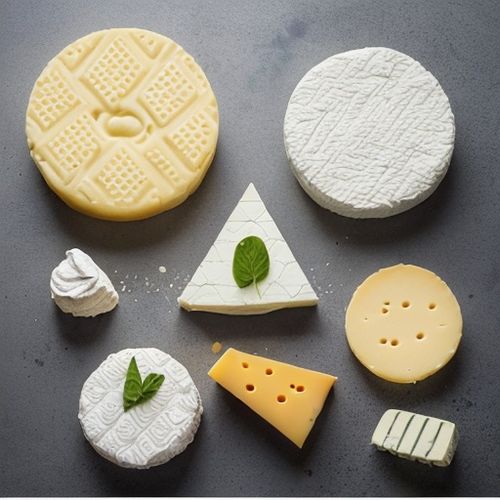
By Rebecca Stewart/Apr 10, 2025
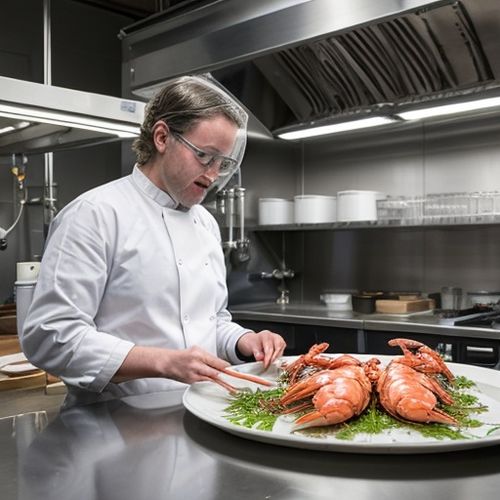
By Emma Thompson/Apr 10, 2025
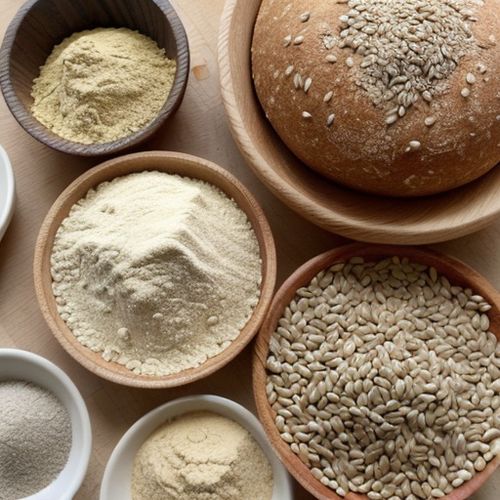
By James Moore/Apr 10, 2025

By Samuel Cooper/Apr 10, 2025

By Elizabeth Taylor/Apr 10, 2025

By Rebecca Stewart/Apr 10, 2025
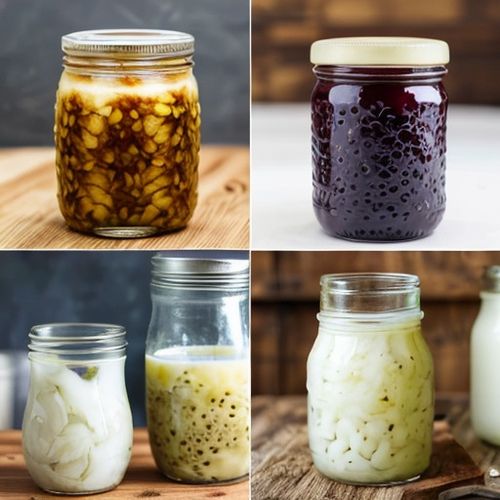
By John Smith/Apr 10, 2025
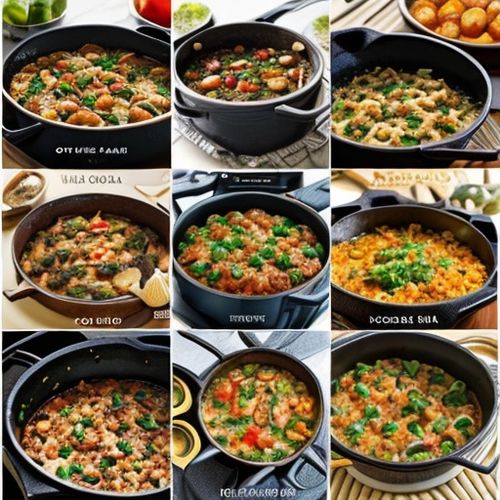
By Michael Brown/Apr 10, 2025
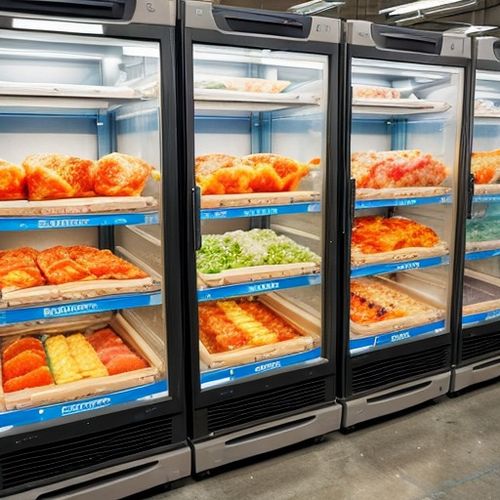
By Emma Thompson/Apr 10, 2025
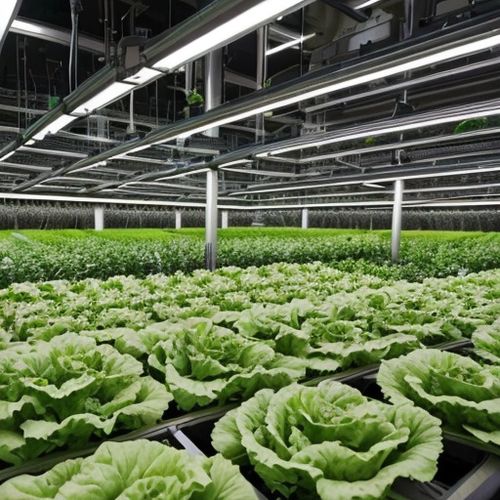
By Elizabeth Taylor/Apr 9, 2025

By Christopher Harris/Apr 9, 2025

By David Anderson/Apr 9, 2025

By Joshua Howard/Apr 9, 2025

By Emily Johnson/Apr 9, 2025
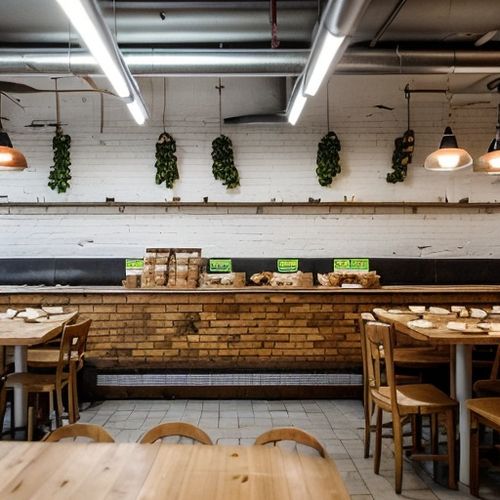
By John Smith/Apr 9, 2025
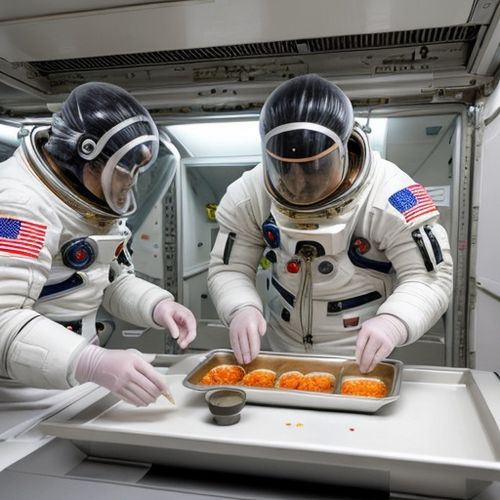
By Lily Simpson/Apr 9, 2025
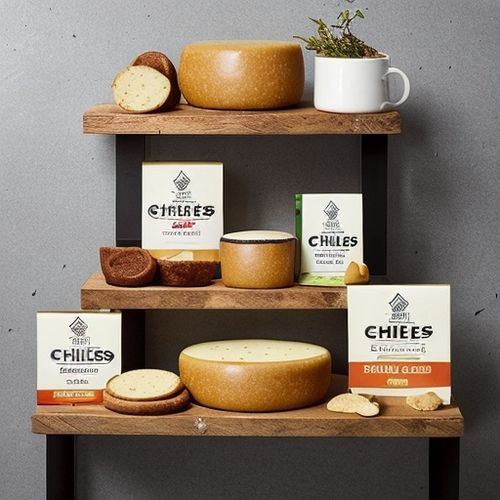
By Lily Simpson/Apr 9, 2025